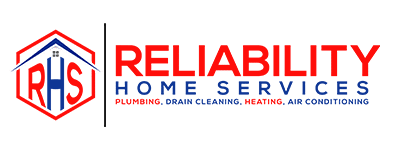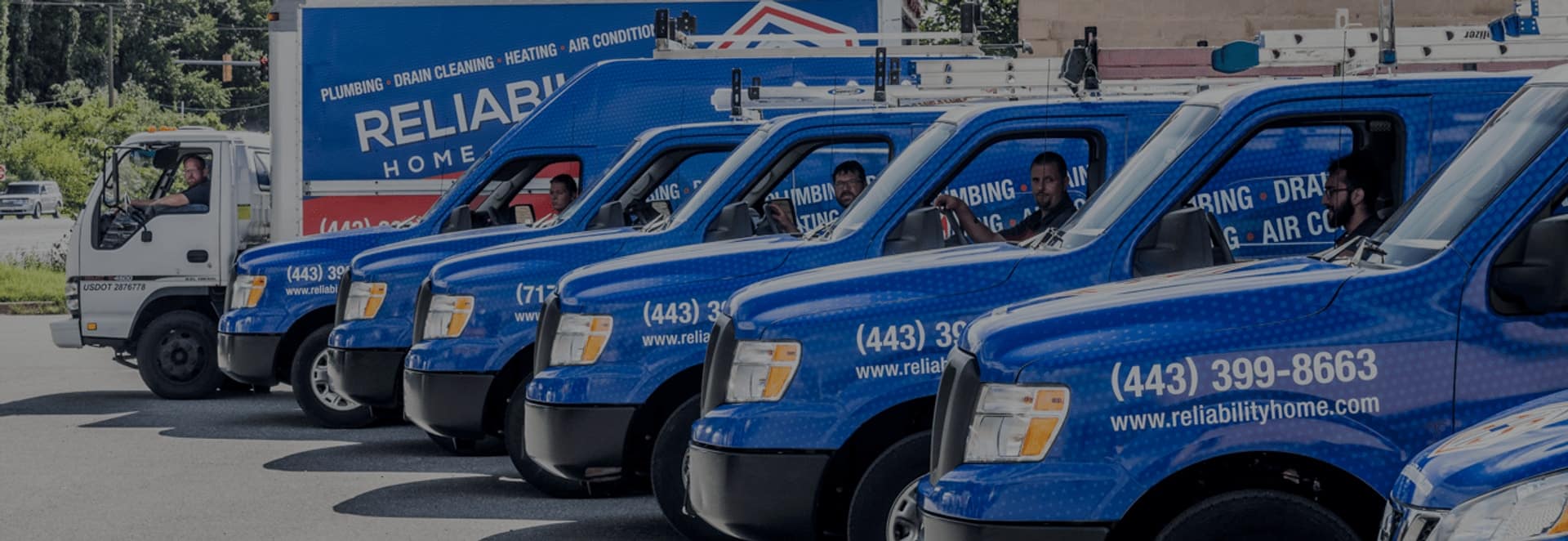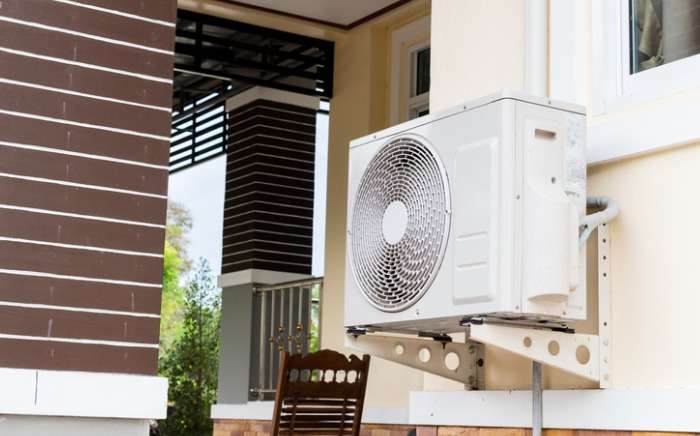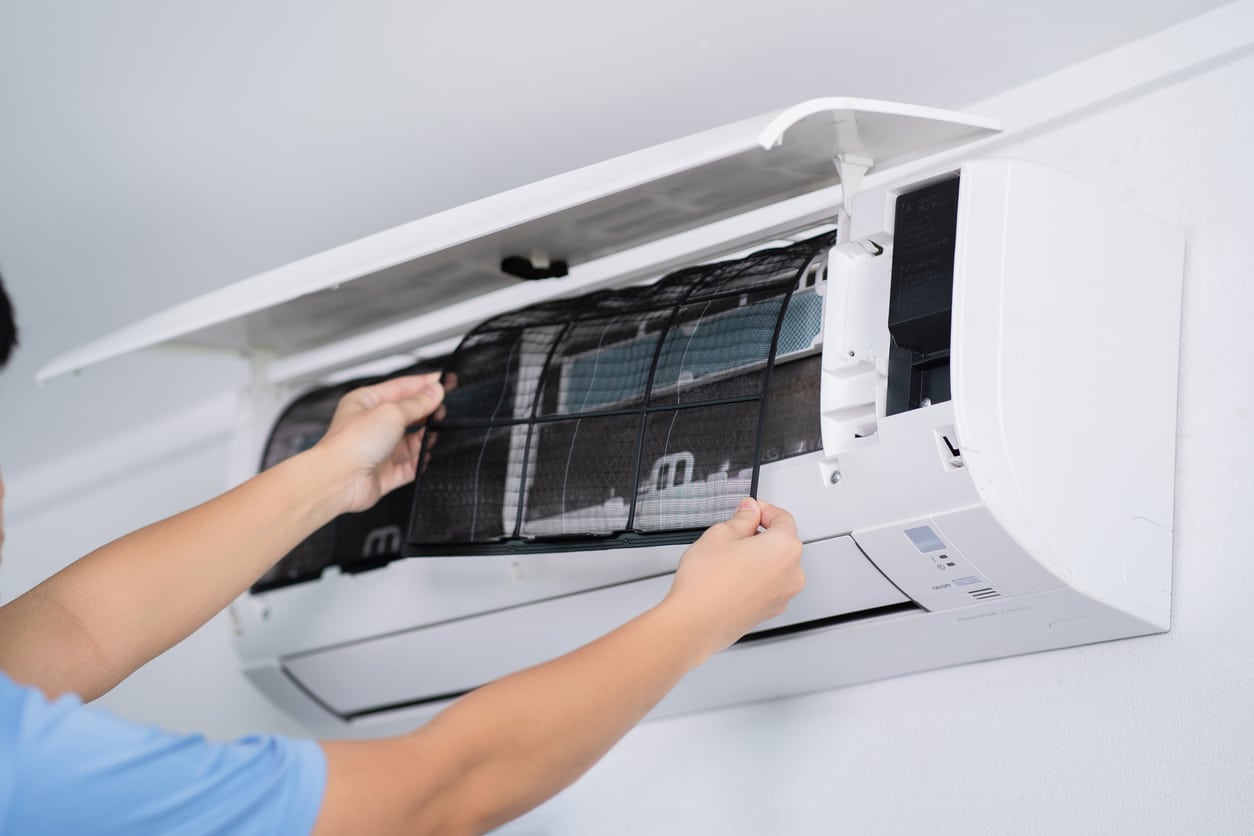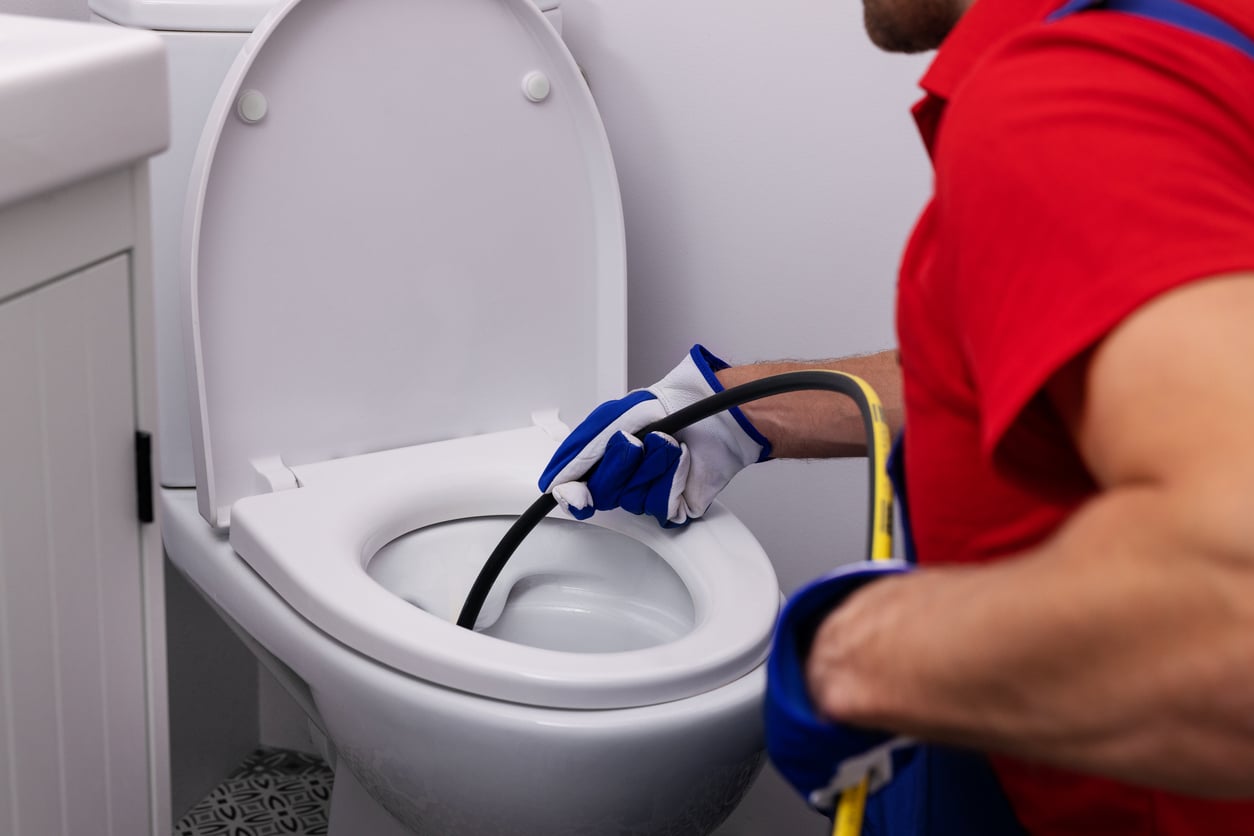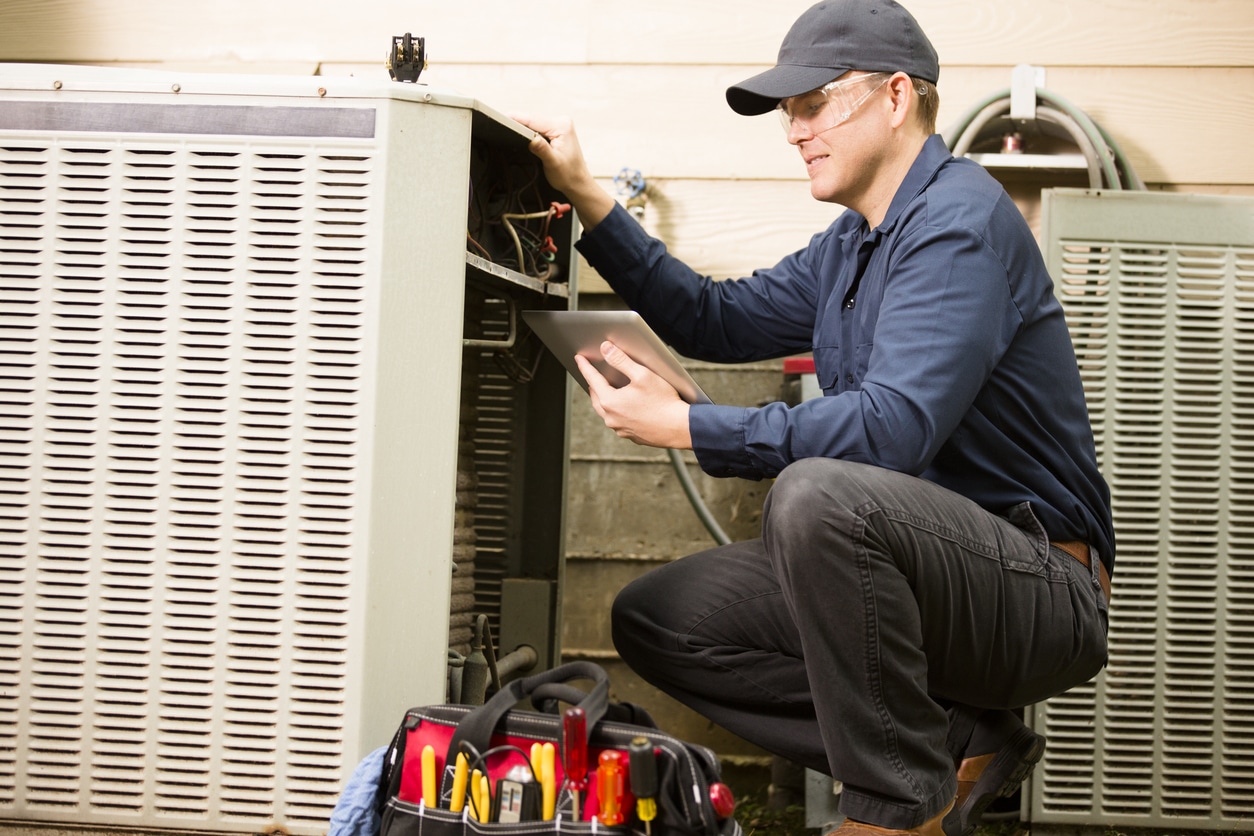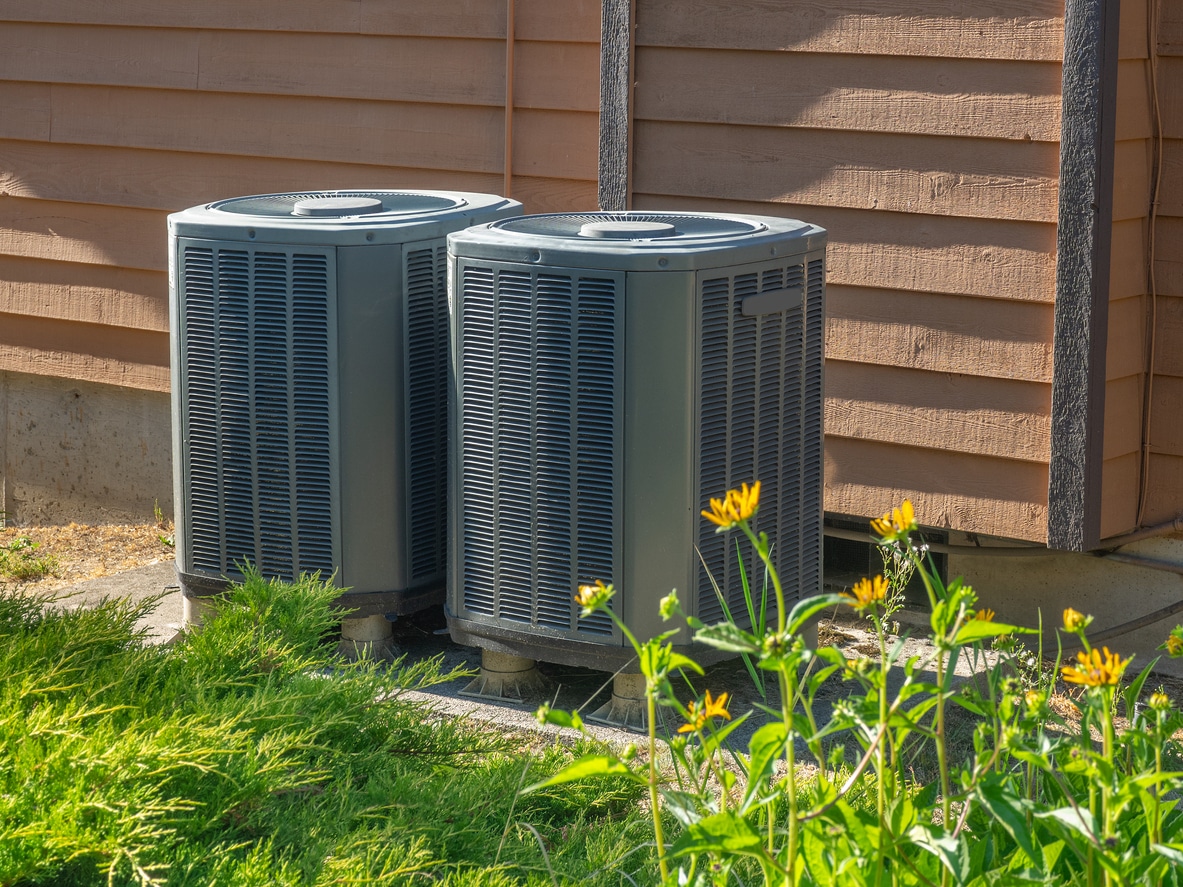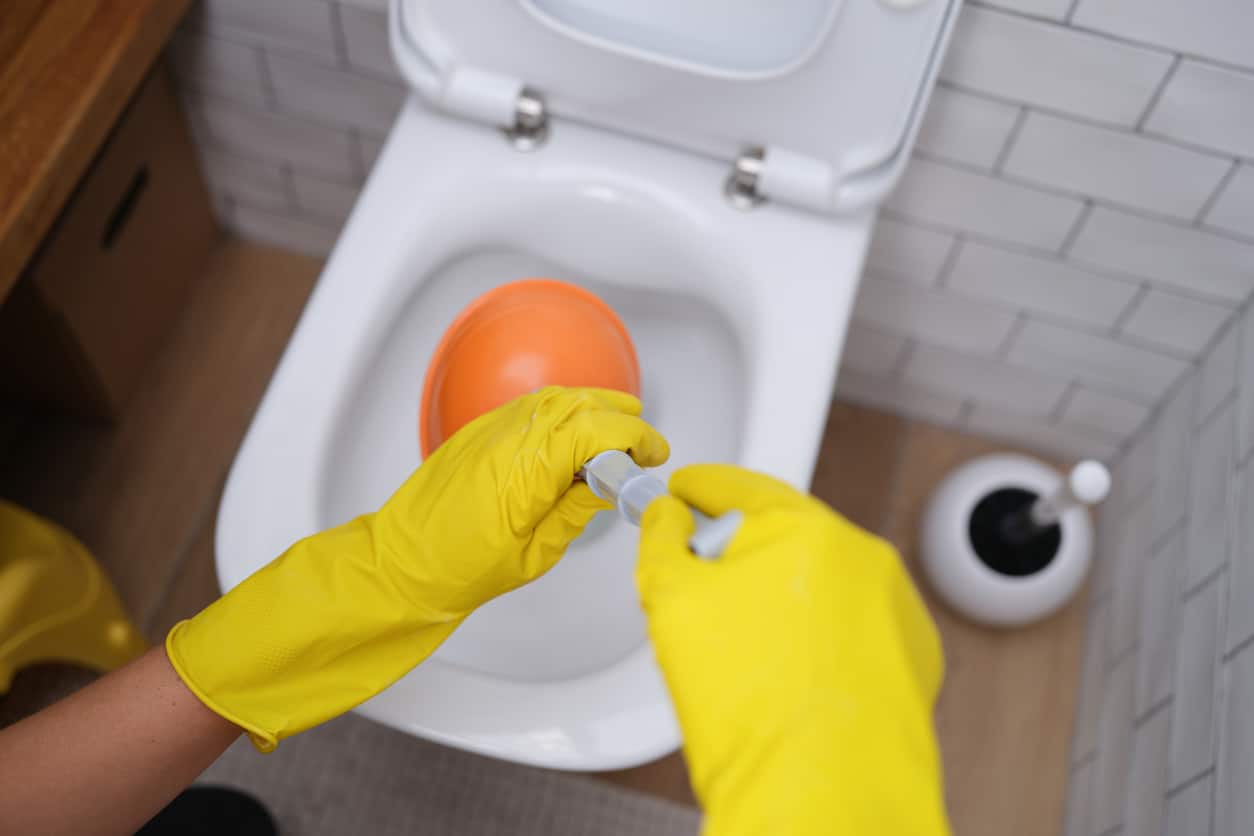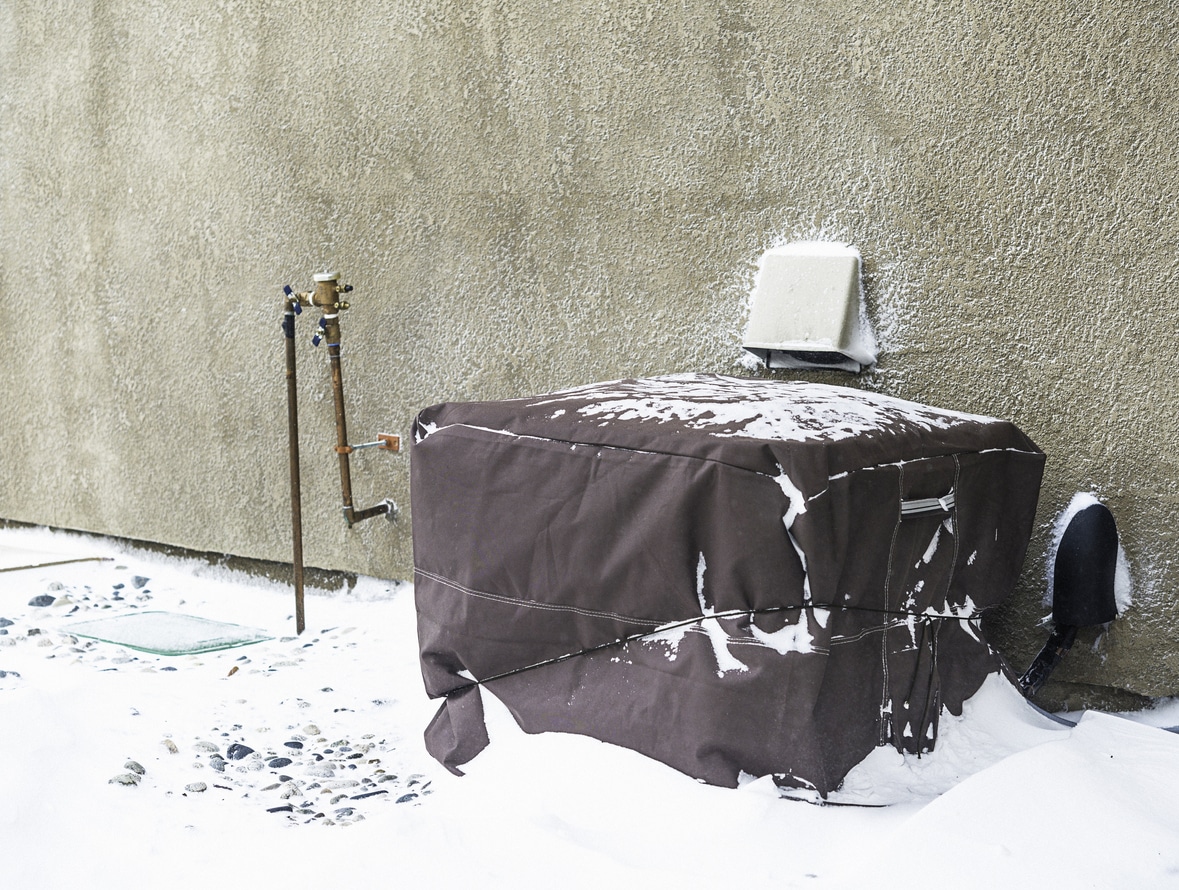As we enter July and the temperatures continue to rise, the importance of having a reliable air conditioner is becoming increasingly important.
The most common sign that there’s a problem with your unit is that it starts to blow warm air.
And we’re sure that’s exactly what you don’t want as we move into the dog days of summer.
Simple maintenance is a great way to ensure that you’re A/C unit runs properly all summer long, but here are some other tips that can help you understand common problems.
Freezing on the Evaporator Coils
When it comes to your air conditioner, good airflow is integral to the proper functioning of the unit.
As such, clogged filters, vents, air registers, and coils can all cause the evaporator coils to freeze over, and this means no cool air for your house.
However, other things can cause a frozen A/C, so it’s important to diagnose the problem.
Turn off the unit and let the coils thaw.
This process could take up to 24 hours. Check the filters, coils, and vents for dirt and debris, and clean them if necessary.
If everything looks clean and you don’t think that was the problem, have an HVAC technician look at the unit.
The refrigerant may be low or leaking, or you may need some replacement parts.
Is Your Refrigerant Leaking? (And Yes, You’d Better Catch It!)
Low refrigerant in your air conditioner either indicates that it wasn’t properly charged during installation, or that it’s sprung a leak.
If the unit has been working fine for some time, then chances are you’ve got a leak on your hands.
The symptoms include: the unit is staying on for longer periods of time, it’s coming on more frequently, it’s pushing out warm air, and there’s unexplained water on the floor near the furnace.
When refrigerant levels are low, the air conditioner can’t cool the in-flowing air properly, which means you’ll end up with a harder working unit and a hotter house.
Diagnosing a Blown Breaker Switch
There are a few different issues that can cause your air conditioner to blow the breaker switch, and the first is a power surge caused by a storm or some other exterior factor.
Other causes include dirty filters, dirty coils, low refrigerant, short circuits, and aging components.
To fix the problem, make sure the breaker switch is fully in the Off position, and then turn it back on.
If the air conditioner comes on and trips the breaker again right away, call in the pros to deal with a possible short circuit.
You’ll also need help from a technician if you’re dealing with low refrigerant or an aging unit. Otherwise, clean the filter and coils to remove debris, and see if the problem corrects itself.
